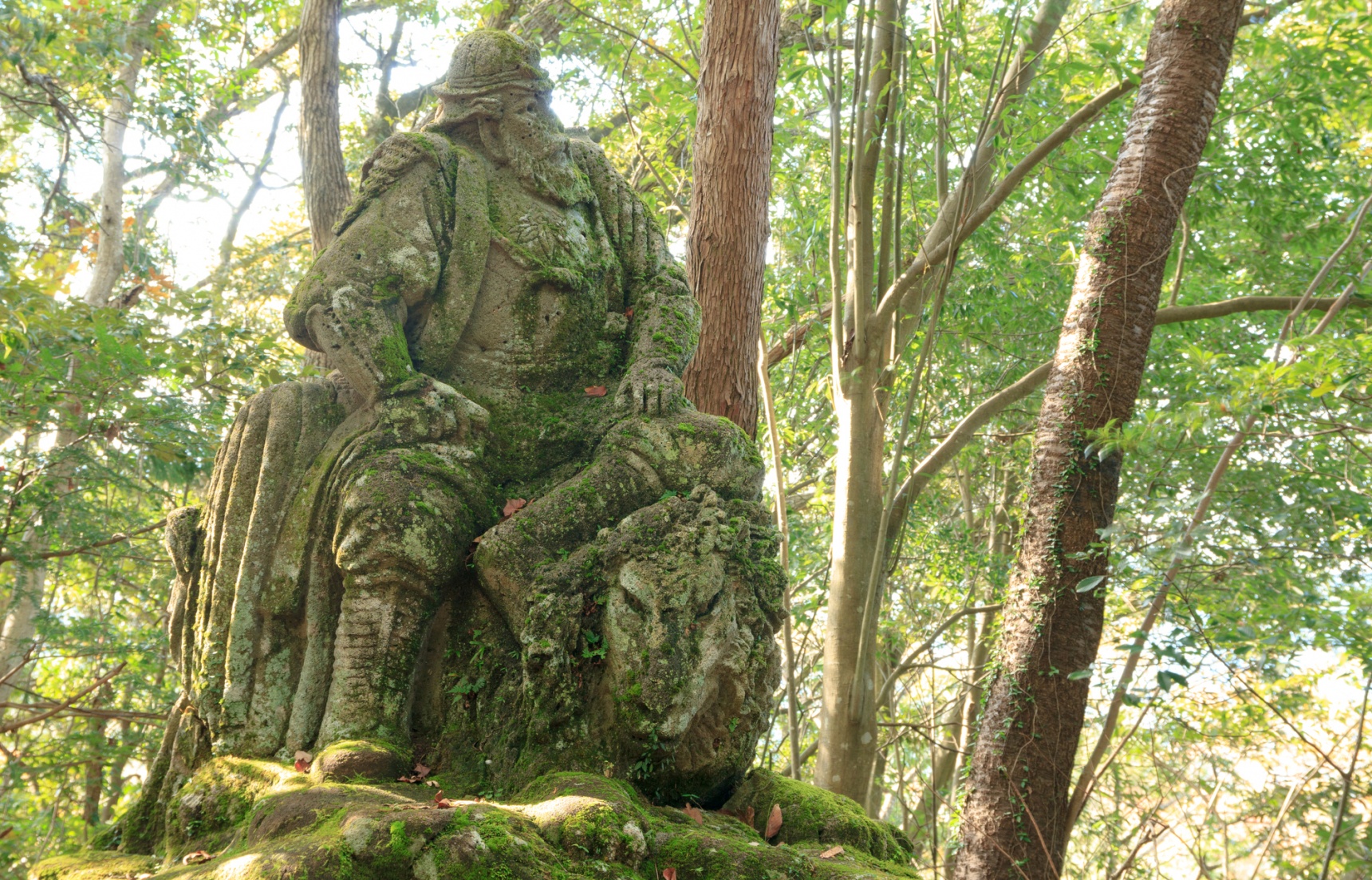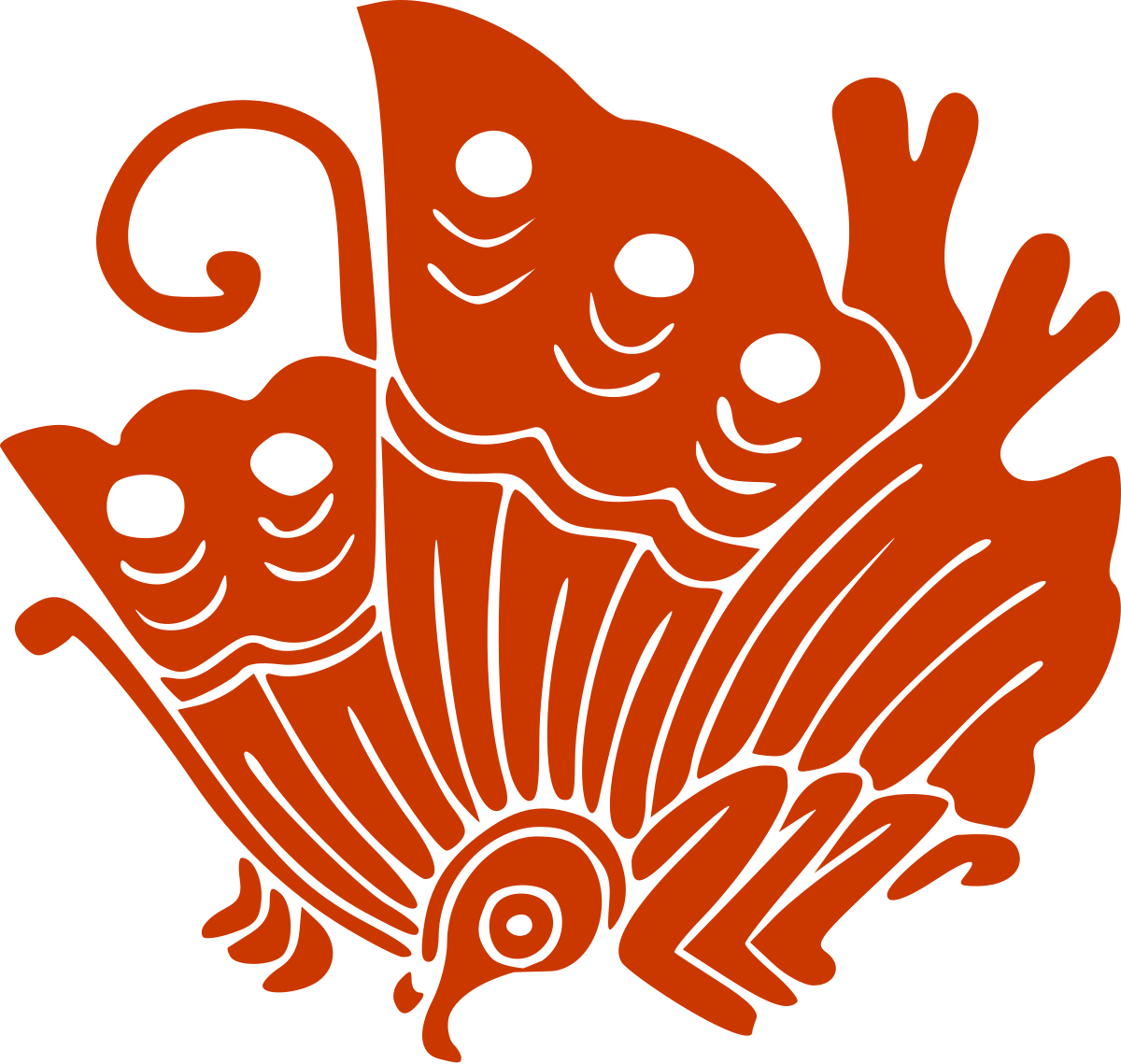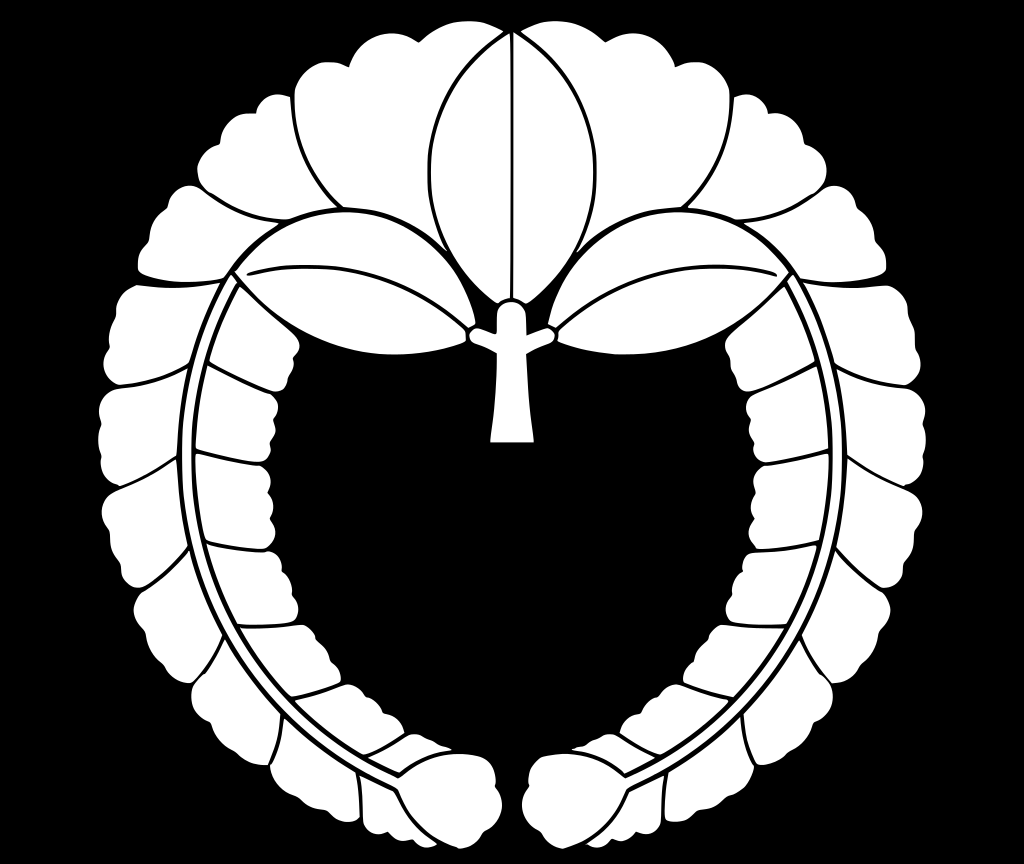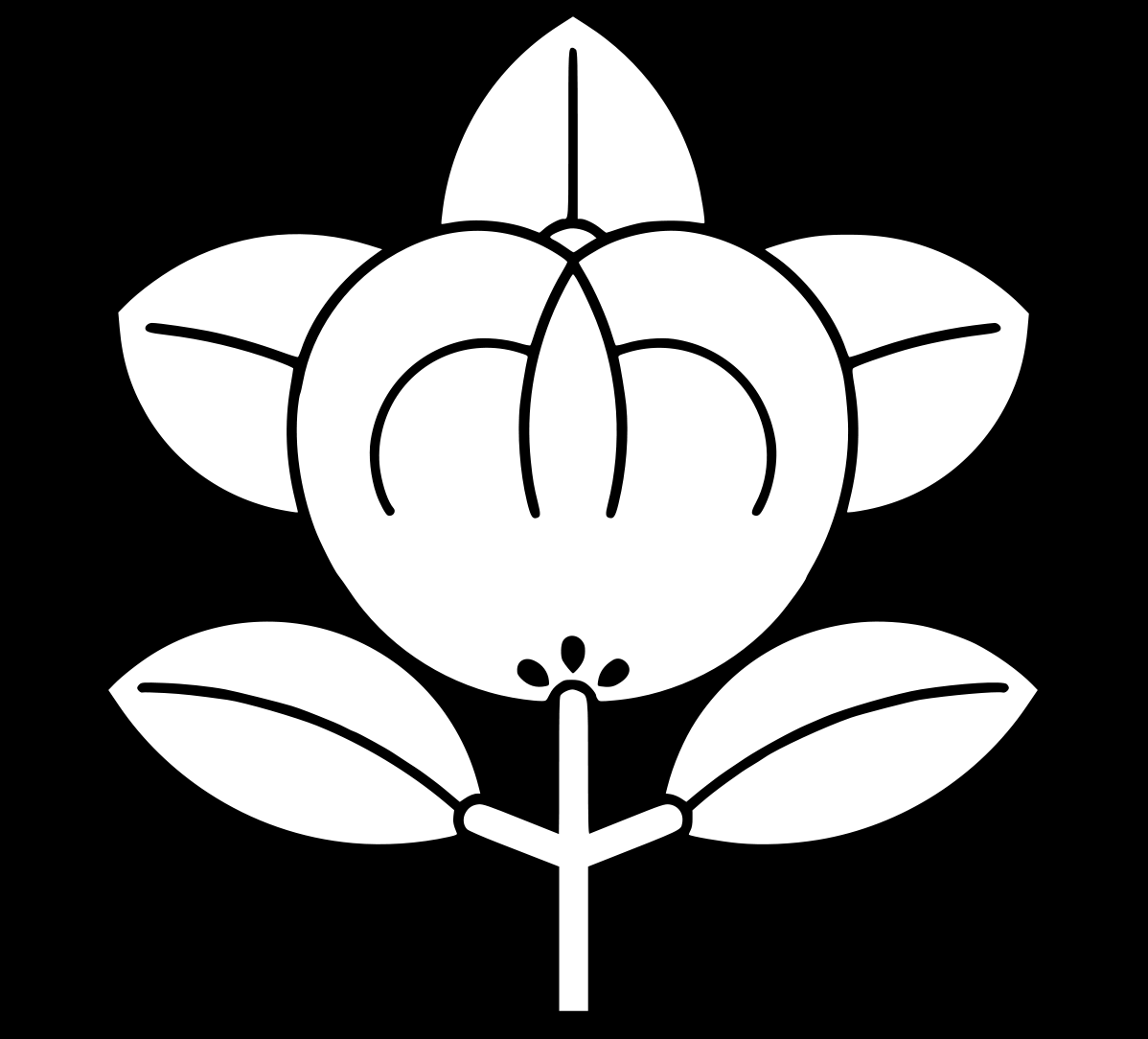The 4 Most Powerful Clans of Early Japan

The Heian Period (794-1185) saw Japan's capital return from Nara to Kyoto, where the imperial court flourished. Politics were dominated by four clans: the Minamoto, the Tiara, the Fujiwara and the Tachibana, known collectively as Gem-pei-to-kitsu (源平藤橘). These clans spawned many famous warriors and officials who influenced Japan to the modern day.
By Thomas ShiozakiMinamoto Clan (源氏)

https://ja.wikipedia.org/wiki/%E6%BA%90%E6%B0%8F
Japanese commoners had no official surnames all the way until the Meiji Restoration (1868), meaning the acquisition of a surname was a sign of status in ancient Japan.
The surname Minamoto was granted to demoted members of the imperial family beginning under Emperor Saga, the 52nd emperor of Japan. He lived from 786 to 842 and reputedly had some 49 children, leading him to demote some of his descendants eased the financial burden on the imperial household. The surname Minamoto, using the kanji 源, or "origin," indicated their preferred status and proximity to the imperial line. Famous members of the Minamoto Clan, or Minamoto-shi (源氏), include renowned samurai Minamoto no Yoshitsune (pictured above) and his older half-brother Minamoto no Yoritomo, who went on to found the Kamakura Shogunate in 1185.
源氏 can also be read Genji, and Emperor Saga's grandson Minamoto no Toru is believed to be the model for Hikaru Genji, the philandering protagonist of the 11th century work The Tale of Genji, or Genji Monogatari (源氏物語).
Taira Clan (平氏)

https://ja.wikipedia.org/wiki/%E5%B9%B3%E6%B0%8F
Taira is another hereditary surname granted to the demoted children of Heian Period emperors. Emperor Kanmu, Emperor Saga's father, is believed to have first granted the name to some of his grandchildren around the year 825. 平氏 can be read as both Taira-uji or Hei-shi, while the clan is also referred to as 平家, or Heike, literally meaning House Taira.
With the Minamoto/Genji and Taira/Heike clans struggling for influence over the imperial court, war finally broke out between them from 1180 to 1185. The Genpei War (源平合戦・Genpei Gassen) ultimately resulted in the defeat of the Taira Clan and the establishment of the Kamakura Shogunate, with the emperor reduced to a mere figurehead. The struggle is recounted in the epic poem The Tale of the Heike (平家物語・Heike Monogatari), believed to have been compiled sometime before the year 1309.
Fujiwara Clan (藤原氏)

https://ja.wikipedia.org/wiki/%E8%97%A4%E5%8E%9F%E6%B0%8F
The Fujiwara Clan actually predates both the Minamoto and the Taira, stretching all the way back into the Asuka Period (592-710).
Opposed to the growing influence of Buddhism in Japan, in the year 645 Nakatomi no Kamatari (614-669) initiated a coup d'état that led to the accession of Emperor Kotoko, who made Kamatari an inner minister. Kamatari immediately spearheaded the Taika Reforms (大化の改新・Taika no Kaishin), consolidating imperial power. He went on to receive the highest rank of Taishokan (大織冠) and a new name when Emperor Tenji acceded the throne, thus founding the Fujiwara Clan (藤原氏・Fujiwara-uji/Fujiwara-shi) as Fujiwara no Kamatari in 668.
While not directly related to the imperial line, the Fujiwara maintained dominance by monopolizing key court positions and marrying clan daughters to Japan's emperors, establishing them as the nation's de facto power brokers by the Heian Period. While the family's power declined with the rise of the Kamakura Shogunate, it still remained important centuries later, as many major figures behind the Tokugawa Shogunate (1603-1868) were variously related to the Fujiwara: Oda Nobunaga, the first of Japan's Three Great Unifiers, was descended from both the Fujiwara and the Tiara, while his successor, Toyotomi Hideyoshi, was related to the Fujiwara by marriage, as was Tokugawa Ieyasu, the first Tokugawa shogun. Even the Date Clan claims descent from the Fujiwara, including mighty samurai Date Masamune, who fought at Ieyasu's side.
More recently, Fumimaro Konoe, prime minister of Japan in the lead-up to World War II, was also a descendant of the Fujiwara, while his grandson, Morihiro Hosokawa, was prime minister from 1993 to 1994.
Tachibana Clan (橘氏)

https://ja.wikipedia.org/wiki/%E6%A9%98%E6%B0%8F
The Tachibana Clan (橘氏・Tachibana-shi) is the smallest of the four powerful clans of the Heian Period, though it's the second oldest after the Fujiwara. It was founded by Agata Inukai no Michiyo (655?-733), a court lady first married first to a minor imperial prince and then, after his death, to Fujiwara no Fuhito, second son of Fujiwara no Kamatari. Their daughter would eventually marry Emperor Shomu and become Empress Komyo.
In 684, Michiyo's clan was given the honorary surname Tachibana by Empress Genmei, and Michiyo's children from her first marriage assumed the surname in 736 when they gave up membership in the imperial family. While there were many arranged marriages between the Tachibana, the Fujiwara and the imperial family, the Tachibana and Fujiwara continued to jockey for power, ultimately leading to a rebellion that lasted from 939 to 941. While members of the Taira and Fujiwara clans initiated the rebellion, the Tachibana were scattered by their efforts to suppress the conflict, and their power waned thereafter.



